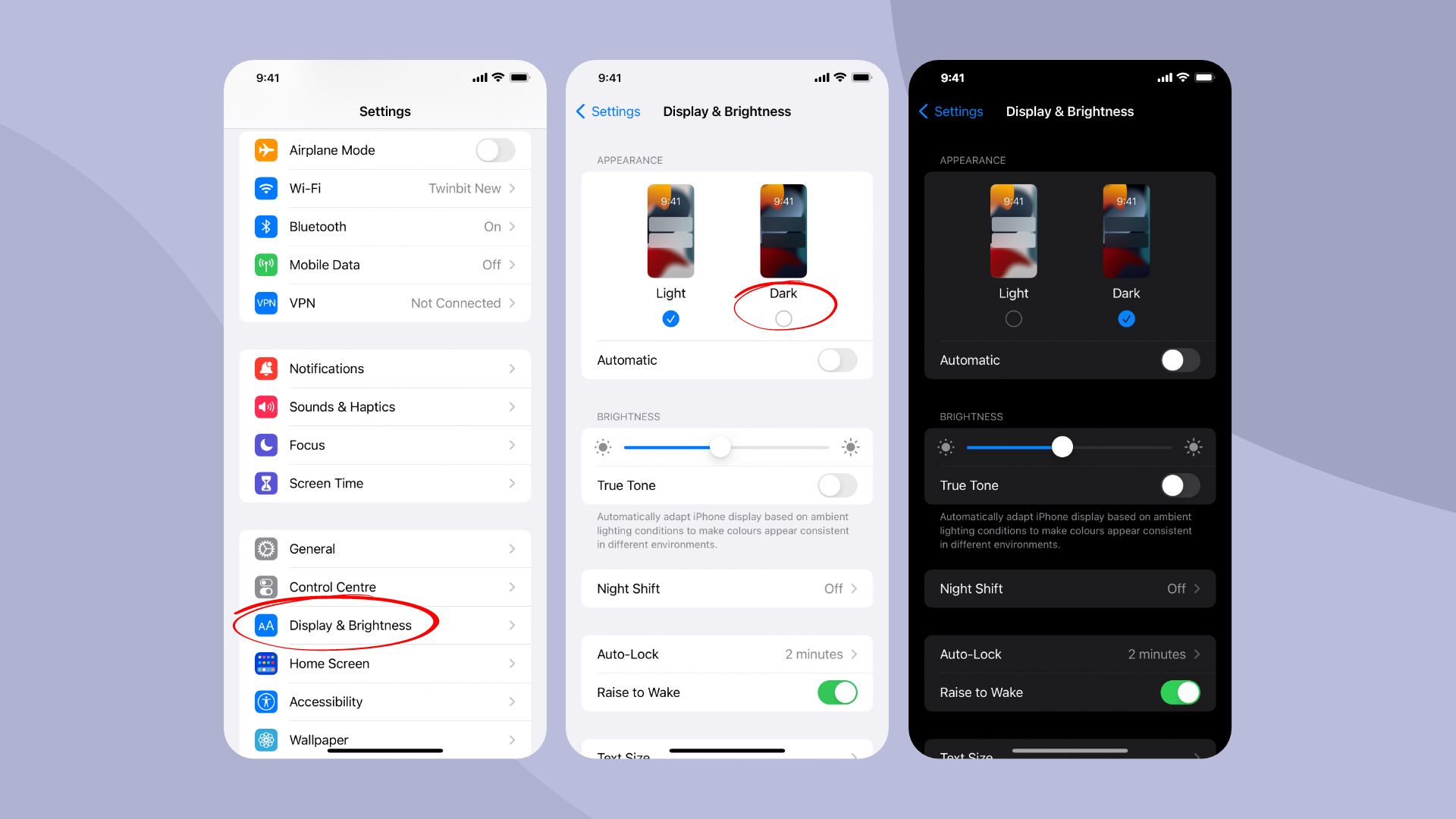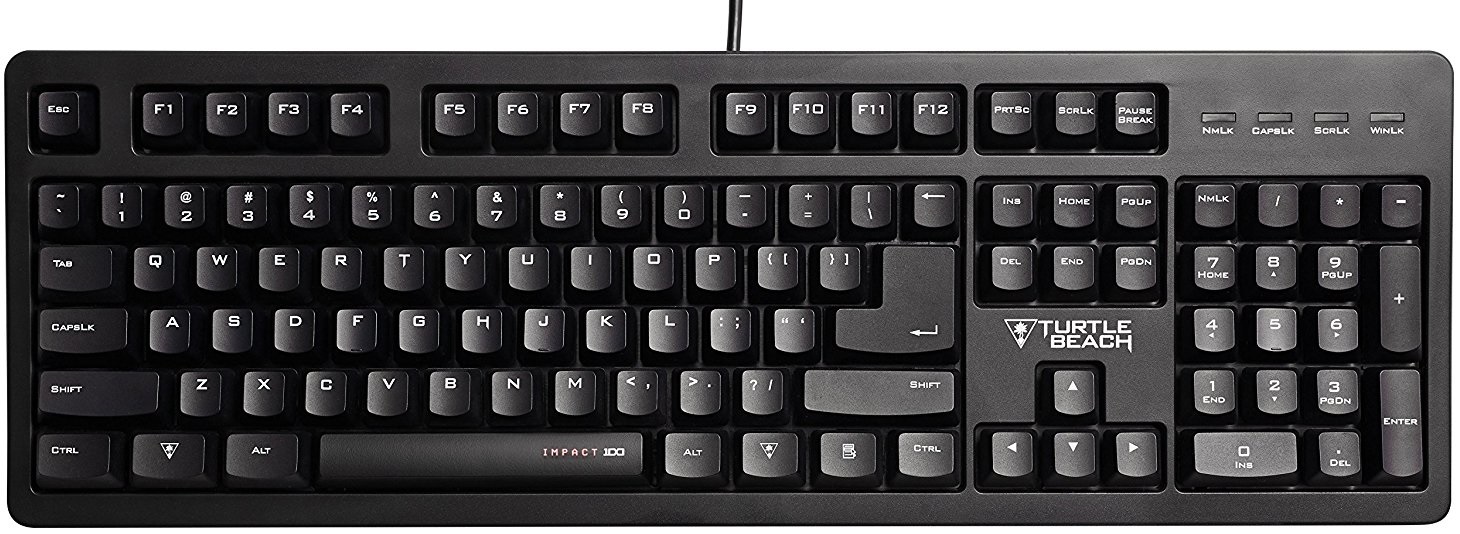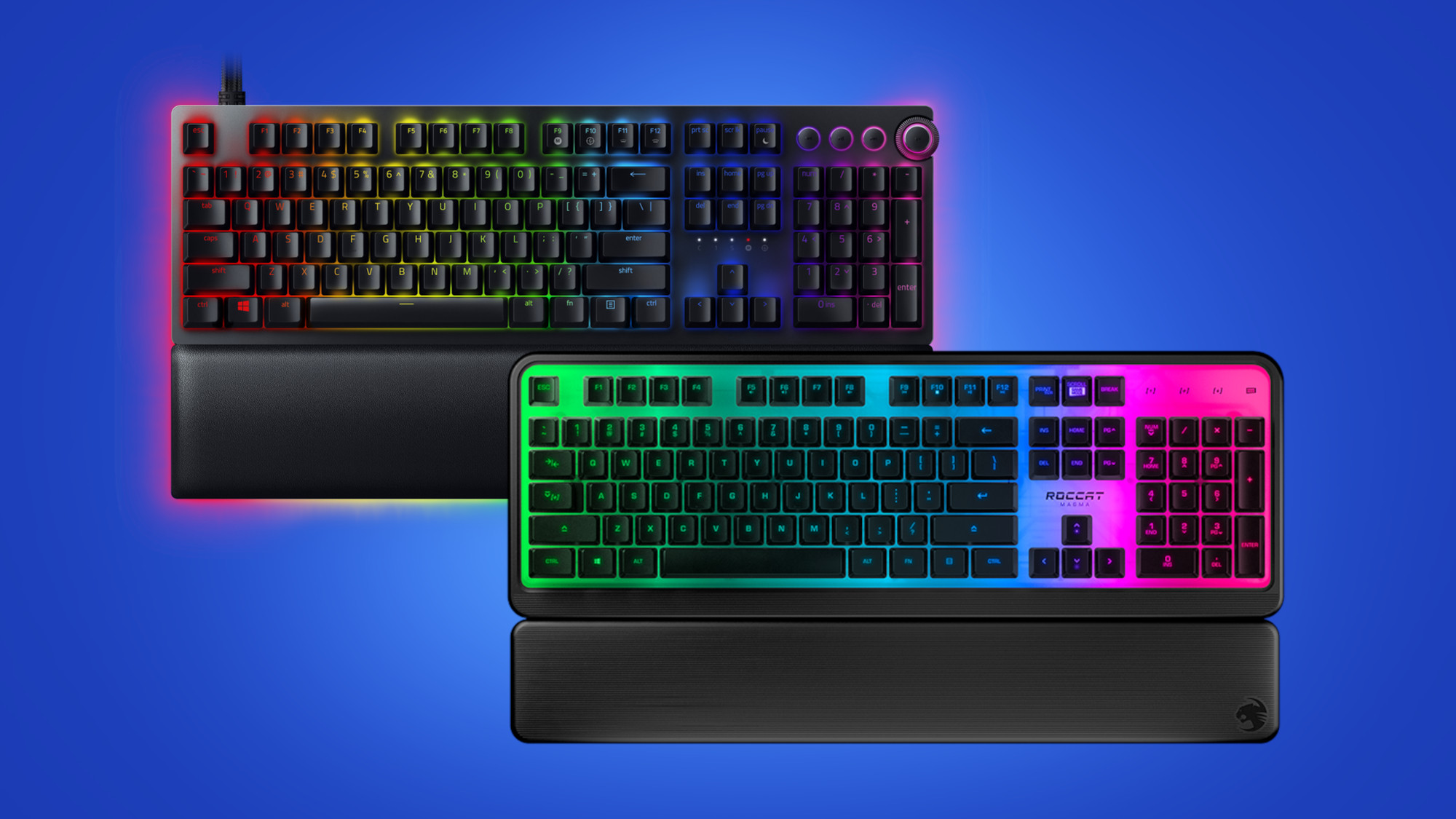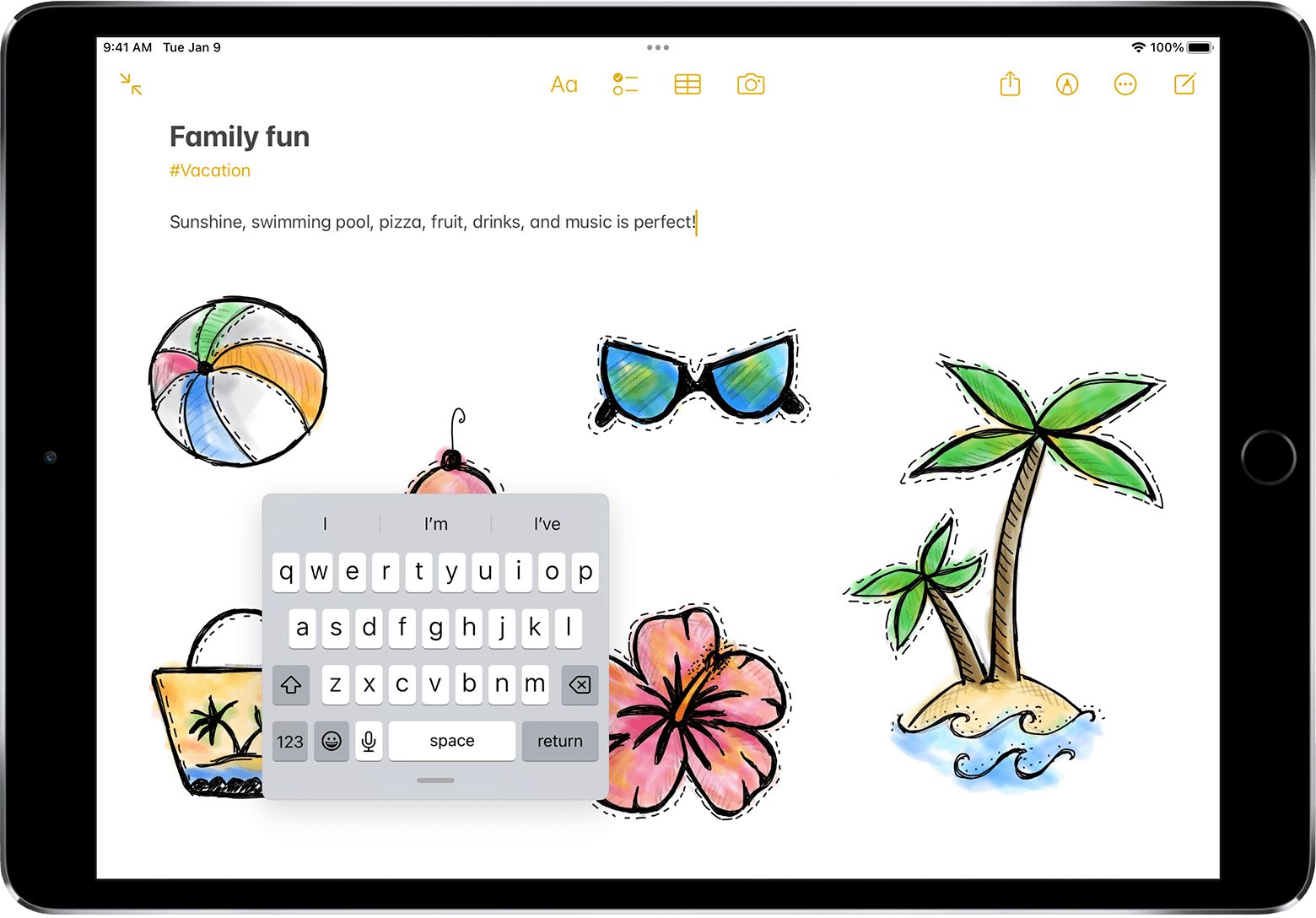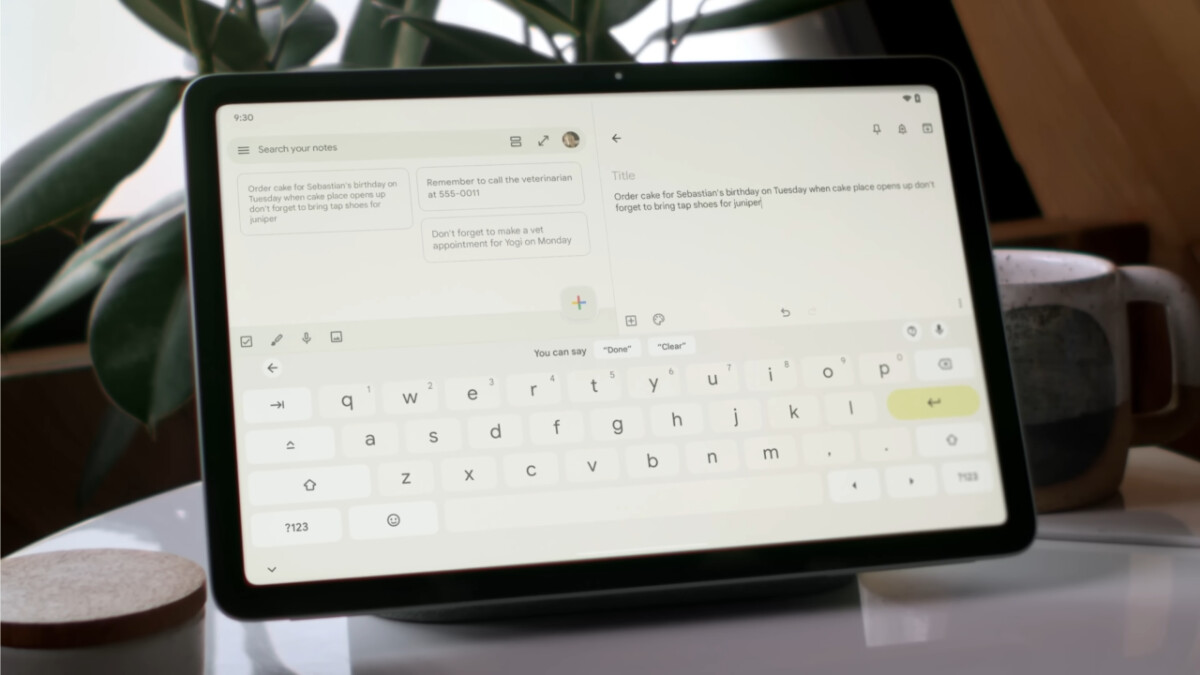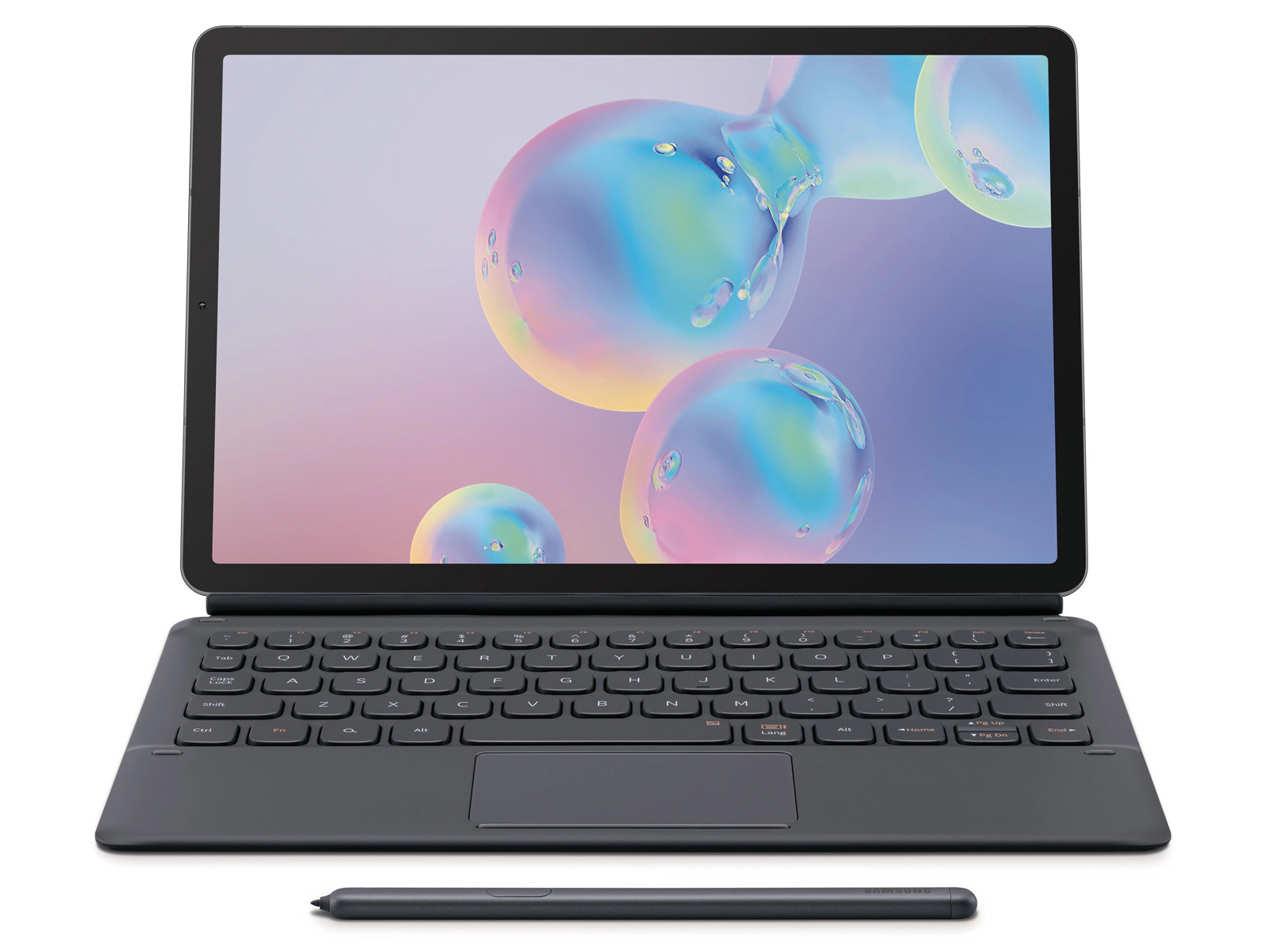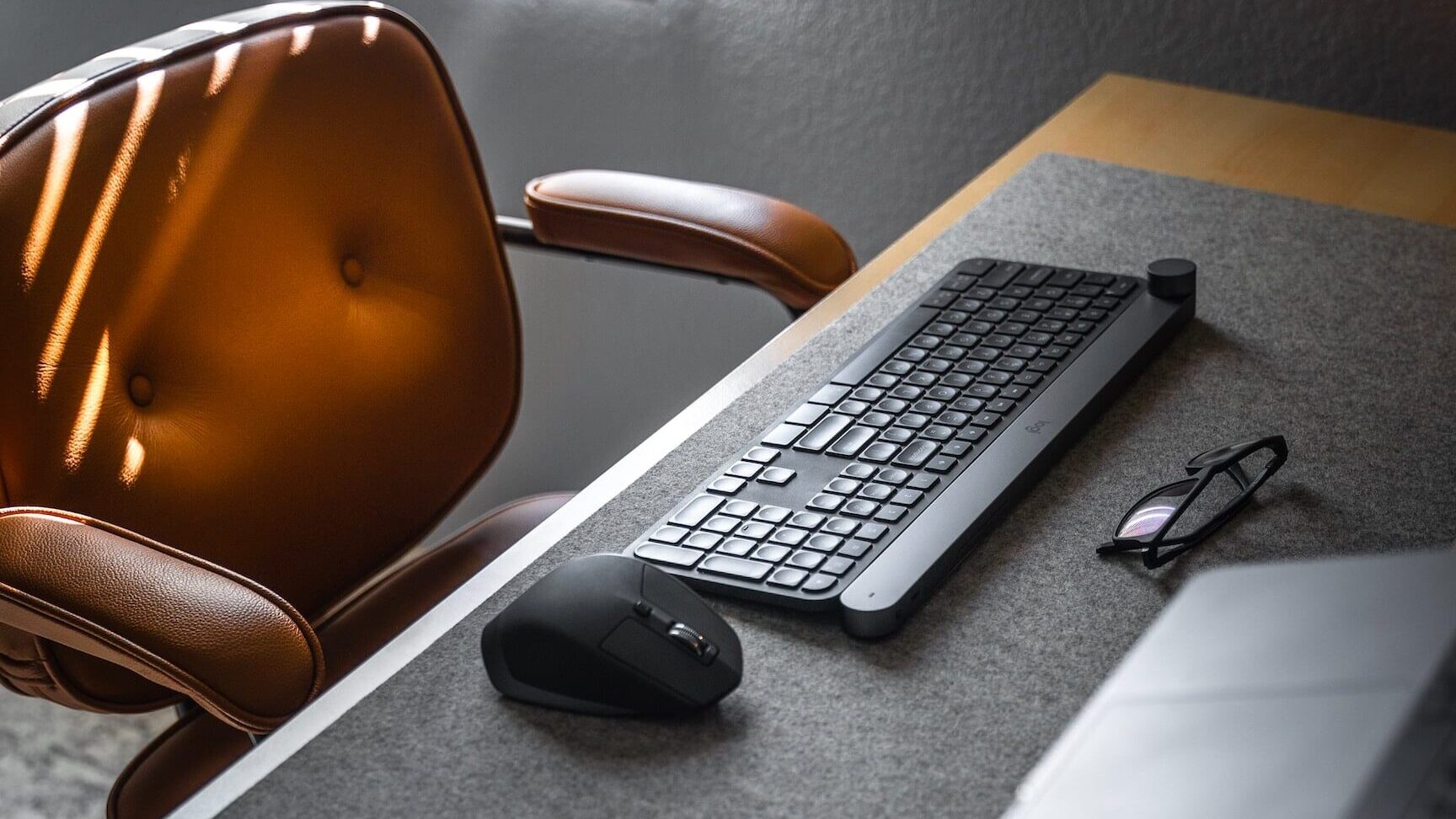Choosing the Right Keyboard
When it comes to choosing a keyboard, there are several factors to consider to ensure you find the right one for your needs. Whether you’re a casual computer user, a gamer, or a professional typist, the keyboard you use can greatly impact your comfort and productivity. Here are some key considerations to keep in mind:
- Keyboard Type: Keyboards come in different types, such as membrane, mechanical, and scissor-switch. Each type has its own unique feel and sound when typing. Consider your preferences and the level of responsiveness you desire.
- Layout: Keyboards can have different layouts, including full-sized, compact, and ergonomic designs. Think about the space you have available and whether you prefer a traditional or more ergonomic layout for improved comfort.
- Connectivity: Keyboards can be wired or wireless. While wired keyboards ensure a stable connection, wireless options offer more flexibility. Choose the connectivity option that suits your needs and workspace setup.
- Special Features: Some keyboards offer additional features like backlighting, multimedia keys, macro functionality, and programmable keys. Identify the features that will enhance your workflow or gaming experience.
- Budget: Determine your budget range and look for keyboards that offer the best value for your money. Keep in mind that higher-priced keyboards may have more advanced features and better build quality.
It’s also important to consider your specific use case. Gamers may benefit from keyboards with anti-ghosting and N-key rollover, while writers or programmers might appreciate a keyboard with a comfortable wrist rest. By taking these factors into account, you can find a keyboard that suits your individual preferences and needs.
Once you have identified your requirements, take the time to read reviews and try out different keyboards if possible. That way, you can make an informed decision and choose a keyboard that will provide an enjoyable typing experience for years to come.
Basic Keyboard Anatomy
To fully utilize your keyboard’s potential, it’s important to familiarize yourself with its basic anatomy. Understanding the different parts and functions of a keyboard will help you navigate and use it effectively. Here are the essential components:
- Alphanumeric Keys: These are the main keys on your keyboard and include the letters A-Z, numbers 0-9, and special characters such as @, #, $, and %. These keys are used for typing and entering data.
- Function Keys: Located at the top of the keyboard, the function keys (F1-F12) have different purposes depending on the program you’re using. They can be used for tasks like opening help files, adjusting volume, or executing specific commands.
- Modifier Keys: Modifier keys include Shift, Ctrl (Control), Alt (Alternate), and the Windows key (on Windows-based computers). These keys modify the behavior of other keys when pressed in combination with them. For example, holding Shift while pressing a letter key will capitalize the letter.
- Navigation Keys: The navigation keys include the arrow keys (up, down, left, right), Home, End, Page Up, and Page Down. These keys allow you to move the cursor or navigate through documents or web pages.
- Numeric Keypad: Typically located on the right side of the keyboard, the numeric keypad consists of numbers, mathematical symbols, and a dedicated Enter key. It provides a more convenient way to enter numerical data.
- Special Function Keys: Some keyboards have additional keys that provide quick access to specific functions. These may include media control keys (play, pause, volume), internet browsing keys, and programmable keys that can be customized for specific tasks.
- Indicator Lights: Many keyboards have indicator lights to show the status of various functions. These may include indicators for Caps Lock, Num Lock, and Scroll Lock, which inform you if these features are enabled or disabled.
By becoming familiar with the anatomy of your keyboard, you’ll be able to maximize its utility and perform tasks more efficiently. Take the time to explore and experiment with the different keys and functions. Practice using the modifier keys and navigation keys to navigate through documents and websites more effectively.
Remember, the more you understand how your keyboard works, the more proficient you’ll become in utilizing its features to enhance your productivity and overall typing experience.
Getting Familiar with the Keys
Understanding the various keys on your keyboard is essential for efficient and accurate typing. Each key has its own function and purpose, and being familiar with them will greatly enhance your typing skills. Here’s a breakdown of the different types of keys and their functions:
- Alphabet Keys: The alphabet keys consist of the letters A-Z. These keys are used to input text and form words while typing. Familiarize yourself with the placement of each letter to improve your typing speed.
- Numeric Keys: The numeric keys are located at the top of the keyboard and include the numbers 0-9. They are used for numerical input and calculations. Practice using the numeric keys to enter digits quickly and accurately.
- Symbol Keys: Symbol keys include characters like @, #, $, %, and *. These keys are used for typing special characters and symbols. Knowing where these symbol keys are located will help you type symbols with ease.
- Modifier Keys: Modifier keys include Shift, Ctrl, and Alt. These keys are used in combination with other keys to perform special functions. For example, holding Shift while pressing a letter key will capitalize the letter, while holding Ctrl and pressing a key can trigger a keyboard shortcut.
- Enter/Return Key: The Enter or Return key is used to create a new line or execute a command, depending on the context. Practice using this key to format your text correctly and navigate through forms or dialogue boxes.
- Backspace/Delete Key: The Backspace key is used to delete characters to the left of the cursor, while the Delete key removes characters to the right of the cursor. Mastering these keys will allow you to correct typing errors quickly and efficiently.
- Navigation Keys: The navigation keys include the arrow keys (up, down, left, right), Home, End, Page Up, and Page Down. These keys are used to navigate through documents, web pages, or spreadsheets. Practice using these keys to move through text and data smoothly.
Take time to familiarize yourself with the position of these keys on your specific keyboard. By practicing and becoming comfortable with their placement and function, you’ll be able to type with greater speed and accuracy. Develop muscle memory so that you can locate and press the keys without looking down at the keyboard.
Remember, building familiarity with the keys is a crucial step in improving your typing skills. Practice regularly and be patient with yourself as you gradually become more proficient. With time and practice, you’ll be able to type effortlessly and fluently on any keyboard.
Typing Techniques
Improving your typing speed and accuracy can greatly enhance your productivity and efficiency. By adopting proper typing techniques, you can type faster, reduce errors, and minimize strain on your hands and wrists. Here are some essential tips to help you develop good typing habits:
- Proper Posture: Maintain an ergonomic posture while typing. Sit upright with your feet flat on the floor and your wrists in a neutral position. Keep your elbows bent at a comfortable angle, and position the keyboard so that your arms and hands are relaxed.
- Home Row Technique: The home row refers to the middle row of keys on the keyboard (ASDF for the left hand and JKL; for the right hand). Place your fingers on the home row with your index fingers resting on the F and J keys. This position allows you to reach all the keys efficiently.
- Touch Typing: Train yourself to type without looking at the keyboard. Learn the keyboard layout and develop muscle memory to locate the keys accurately. This will enable you to focus on the screen and type faster.
- Use All Fingers: Utilize all your fingers for typing, assigning each finger to specific sets of keys. This will ensure a balanced workload and prevent strain. Practice using all your fingers to become more proficient and improve overall typing speed.
- Maintain a Rhythm: Type with a consistent and rhythmic motion. Avoid excessive force or pounding on the keys, as it can lead to fatigue and unnecessary finger strain. Find a comfortable rhythm that allows you to type smoothly and effortlessly.
- Take Breaks: Remember to take regular breaks to rest your hands and wrists. Prolonged typing sessions can lead to discomfort and potential injuries. Stretch your fingers, wrists, and arms to alleviate tension and maintain flexibility.
- Practice Regularly: The key to improving typing skills is consistent practice. Dedicate a few minutes each day to hone your typing abilities. There are numerous online typing tutorials and typing games available that can help you improve your speed and accuracy.
With time and practice, these techniques will become second nature, allowing you to type effortlessly and accurately. Remember to be patient with yourself as you develop and refine your typing skills. Speed will naturally come with practice, and focusing on accuracy will yield better results in the long run.
By implementing these typing techniques, you can become a more proficient typist and complete your tasks more efficiently. Embrace proper posture, develop muscle memory, and practice regularly to unlock your full typing potential.
Using Shortcuts
Mastering keyboard shortcuts can significantly speed up your work and navigation on your computer. Shortcuts allow you to quickly access various commands and functions without the need to navigate through menus or use the mouse. Here are some commonly used keyboard shortcuts to enhance your productivity:
- Copy, Cut, and Paste: Use Ctrl+C to copy selected text or files, Ctrl+X to cut, and Ctrl+V to paste. These shortcuts are invaluable for quickly duplicating or moving content.
- Undo and Redo: Press Ctrl+Z to undo your last action and Ctrl+Y to redo it. These shortcuts allow you to quickly reverse or repeat an action without interrupting your workflow.
- Select All: Use Ctrl+A to select all text, files, or items in a document or folder. This shortcut is particularly useful when you need to work with or delete large amounts of content.
- Save: Press Ctrl+S to save your current document or file. This shortcut ensures you don’t lose important changes and saves you from navigating through menus to manually save your work.
- Print: Use Ctrl+P to quickly open the Print dialog and print your document. This shortcut saves you several clicks and streamlines the printing process.
- Switch between Applications: Press Alt+Tab to quickly switch between open applications or windows. This is a time-saving shortcut when you need to work with multiple programs simultaneously.
- Refresh: Use Ctrl+R to refresh a web page or document. This shortcut comes in handy when you need to quickly update the content without manually clicking the refresh button.
- Search: Press Ctrl+F to open the search function in a document or web page. This allows you to quickly locate specific words or phrases without scrolling through long blocks of text.
- Screenshot: Use the Print Screen (PrtScn) key to capture a screenshot of the entire screen or Alt+Print Screen to capture the active window. These shortcuts are useful for quickly capturing and saving visuals.
- Task Manager: Press Ctrl+Shift+Esc to open the Task Manager directly. This shortcut is helpful when you need to close unresponsive programs or monitor system performance.
These are just a few examples of the many keyboard shortcuts available. Take the time to explore and learn shortcuts specific to the programs you frequently use. Refer to the program’s documentation or online resources for a comprehensive list of keyboard shortcuts.
By incorporating keyboard shortcuts into your workflow, you can save time and perform tasks more efficiently. Practice using shortcuts regularly to familiarize yourself with them and make them a natural part of your computing experience.
Cleaning and Maintaining the Keyboard
Regular cleaning and maintenance of your keyboard is crucial to keep it in optimal condition and ensure its longevity. Over time, keyboards can accumulate dirt, dust, and debris, which can affect their performance and make typing less pleasant. Here are some tips to help you clean and maintain your keyboard:
- Power Off and Unplug: Before cleaning your keyboard, make sure to turn off your computer and unplug the keyboard from the USB port. This prevents any accidental inputs or short circuits.
- Shake Out Loose Debris: Turn your keyboard upside down and gently shake it to remove loose debris like crumbs or dust. Use a compressed air canister or a soft brush to clean between the keys and dislodge any stubborn particles.
- Use a Soft Cloth: Dampen a lint-free cloth with mild soapy water or a keyboard cleaning solution. Avoid using excessive liquid, as it may damage the keyboard. Gently wipe the keys and surfaces, removing any smudges or stains. Let it air dry before plugging it back in.
- Disinfect the Keys: Keyboards can harbor germs and bacteria. To disinfect, use a disinfectant wipe or a cotton pad moistened with isopropyl alcohol. Be sure to wring out excess liquid before cleaning the keys, and avoid getting any liquid inside the keyboard.
- Remove and Clean Individual Keys (if possible): Some keyboards allow you to remove individual keys for a more thorough cleaning. Use a keycap puller or a small flathead screwdriver to gently lift the keys. Clean them with a damp cloth or soak them in warm soapy water, then dry them completely before reattaching.
- Use Keyboard Covers: Consider using a keyboard cover to protect it from spills, dust, and debris. Keyboard covers are usually made of silicone and can be easily removed and cleaned when needed.
- Regularly Clean the Keyboard: Make it a habit to clean your keyboard at least once every few months, or more frequently if you notice a buildup of dirt or debris. By keeping your keyboard clean, you’ll ensure smooth and comfortable typing.
- Avoid Eating or Drinking near the Keyboard: Minimize the risk of spills and crumbs by keeping food and drinks away from your workspace. Accidents happen, but taking preventative measures can extend the life of your keyboard.
By following these cleaning and maintenance practices, you can keep your keyboard in excellent condition and ensure its longevity. Remember to always refer to the manufacturer’s instructions and guidelines for specific cleaning recommendations, as different keyboards may have different requirements.
A clean and well-maintained keyboard not only enhances your typing experience but also promotes a hygienic workspace. Take the time to care for your keyboard, and it will continue to serve you well for years to come.
Troubleshooting Common Keyboard Issues
Like any electronic device, keyboards can occasionally encounter issues that affect their performance. Understanding how to troubleshoot common keyboard problems can help you identify and resolve issues efficiently. Here are some troubleshooting steps for common keyboard issues:
- Check Connections: Ensure that your keyboard is properly connected to your computer. Reconnect the keyboard or try using a different USB port to rule out any connection problems.
- Restart Your Computer: Sometimes a simple restart can resolve keyboard problems. Restart your computer and see if the issue persists.
- Check Keyboard Settings: Verify that your keyboard settings are correct. Go to the Control Panel (or the Settings menu on Windows 10) and navigate to the Keyboard settings. Ensure that the language, layout, and accessibility settings are properly configured.
- Update or Reinstall Keyboard Drivers: Outdated or corrupted keyboard drivers can cause issues. Visit the manufacturer’s website or use Device Manager in Windows to update or reinstall the keyboard drivers.
- Test with Different Software or Application: If the keyboard issue seems specific to a particular program or application, try using a different software to check if the problem persists. This will help determine if the issue is related to the keyboard or the specific program.
- Scan for Malware: Malware can interfere with keyboard functionality. Run a thorough scan using your preferred antivirus software to check for any malicious programs that might be affecting the keyboard’s performance.
- Use an External Keyboard: If you have a spare keyboard or access to an external keyboard, connect it to your computer and check if it works fine. This will help determine if the problem lies with your keyboard or with the computer itself.
- Consult Technical Support: If none of the above steps resolve your keyboard issue, contact the manufacturer’s technical support for further assistance. They can provide specific troubleshooting steps or guidance based on your keyboard model.
Remember to exercise caution when troubleshooting your keyboard. Avoid using excessive force or disassembling the keyboard unless you have the necessary expertise. If your keyboard is still under warranty, contact the manufacturer for professional assistance before attempting any repairs yourself.
By following these troubleshooting steps, you can address common keyboard issues and restore normal functionality. Remember to be patient and systematic in your approach, and don’t hesitate to seek professional help if needed.









